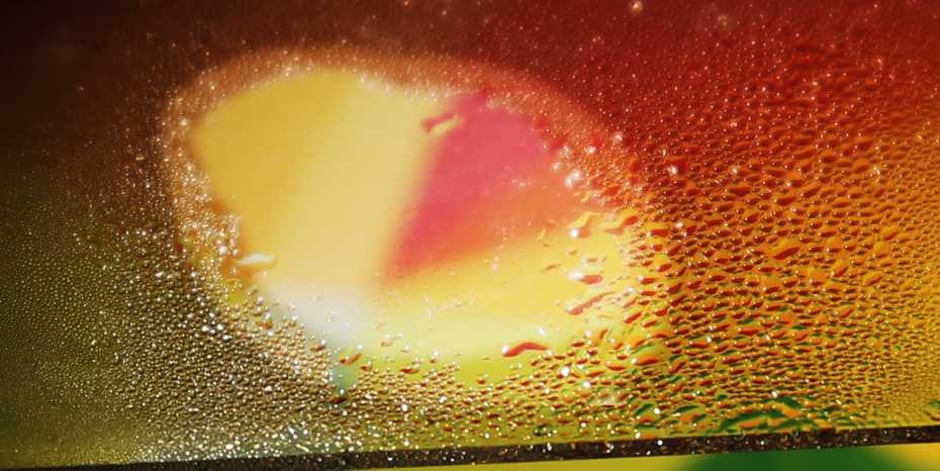
Just a few nanometres thick, the coating developed at ETH Zurich is made of gold nanoparticles embedded in non-conductive titanium oxide.
“Our coating absorbs the infrared component of sunlight along with a small part of the visible sunlight and converts the light into heat,” said Christopher Walker, a doctoral student in ETH Professor Dimos Poulikakos’s group and lead author of the study. This heats the surface up by three to four degrees Celsius, which prevents fogging.
Efstratios Mitridis, also a doctoral student in Poulikakos’s group, said: “Normally, it’s dark surfaces that absorb light and convert it into heat, but we’ve created a transparent surface that has the same effect.”
Condensation occurs on a surface whenever there is a sudden drop in temperature or increase in humidity, forming tiny droplets of water that disperse incident light in different directions in much the same way as atmospheric fog. As an alternative to using heat to prevent fogging, surfaces can be coated with hydrophilic agents. Because they attract water, these agents ensure that the condensation forms an even thin film of liquid over the surface rather than separate droplets. Anti-fog sprays for glasses usually work on this principle.
Tests have shown that when exposed to sunlight, fogged surfaces coated with gold nanoparticles and titanium oxide clear four times faster than surfaces treated with a normal anti-fog agent.
“Spray treatments often lose their effect after a while because the anti-fog film dries up or becomes unevenly distributed,” Walker said. “A durable coating like ours lasts much longer than a spray treatment, which you have to apply virtually on a daily basis.”
The ETH scientists are now planning to bring their new method to market, in collaboration with an industry partner. “We’re looking to refine our already robust coating to ensure it lasts for years, and we want to take the technology from lab scale to industry scale,” Walker said.
The team’s research has been published in Nano Letters.




Poll: Should the UK’s railways be renationalised?
Correlation does not equal causation! That's a hugely simplified view of things and ignores things like increasing car ownership, increasing commuting...